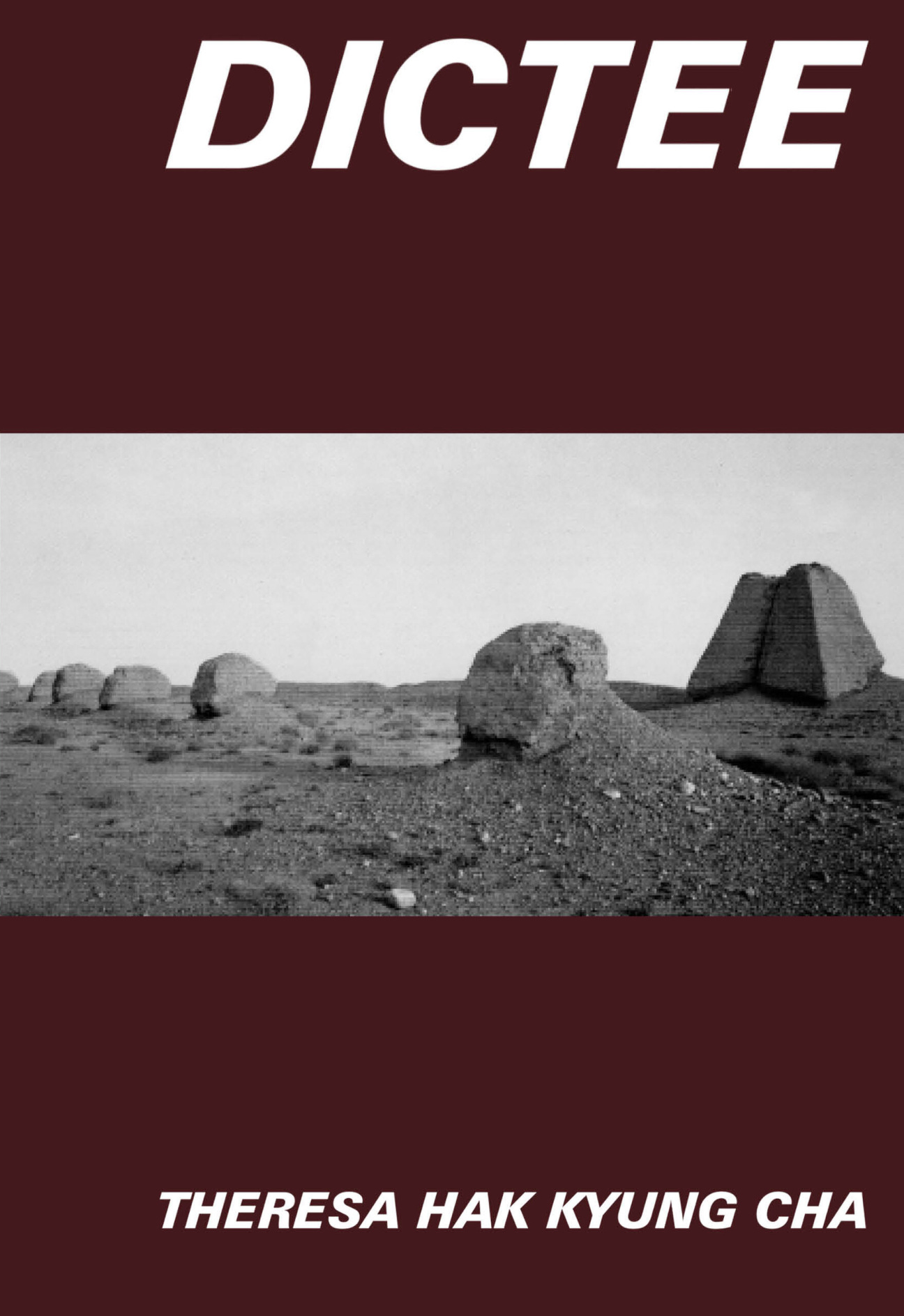
1. Dictee by Theresa Hak Kyung Cha
Since its publishing, Theresa Hak Kyung Cha’s 1982 experiment with autobiography has been difficult to track down. It’s the kind of book others push you to read before gently explaining that they couldn’t possibly give you their own precious copy. Its reissue this past September by the University of California Press—the fifth since the book’s release—ends the indignity of scarcity. Sprawling in scope, Dictee saturates the story of Cha’s life with explorations of Greek mythology, and the histories of political revolutionaries such as Yu Gwan-sun and Joan of Arc. Recently, the Whitney hosted a marathon reading of the genre-defying work that makes use of found text and images, honoring the impact that Cha has made on this generation’s creative vanguard.
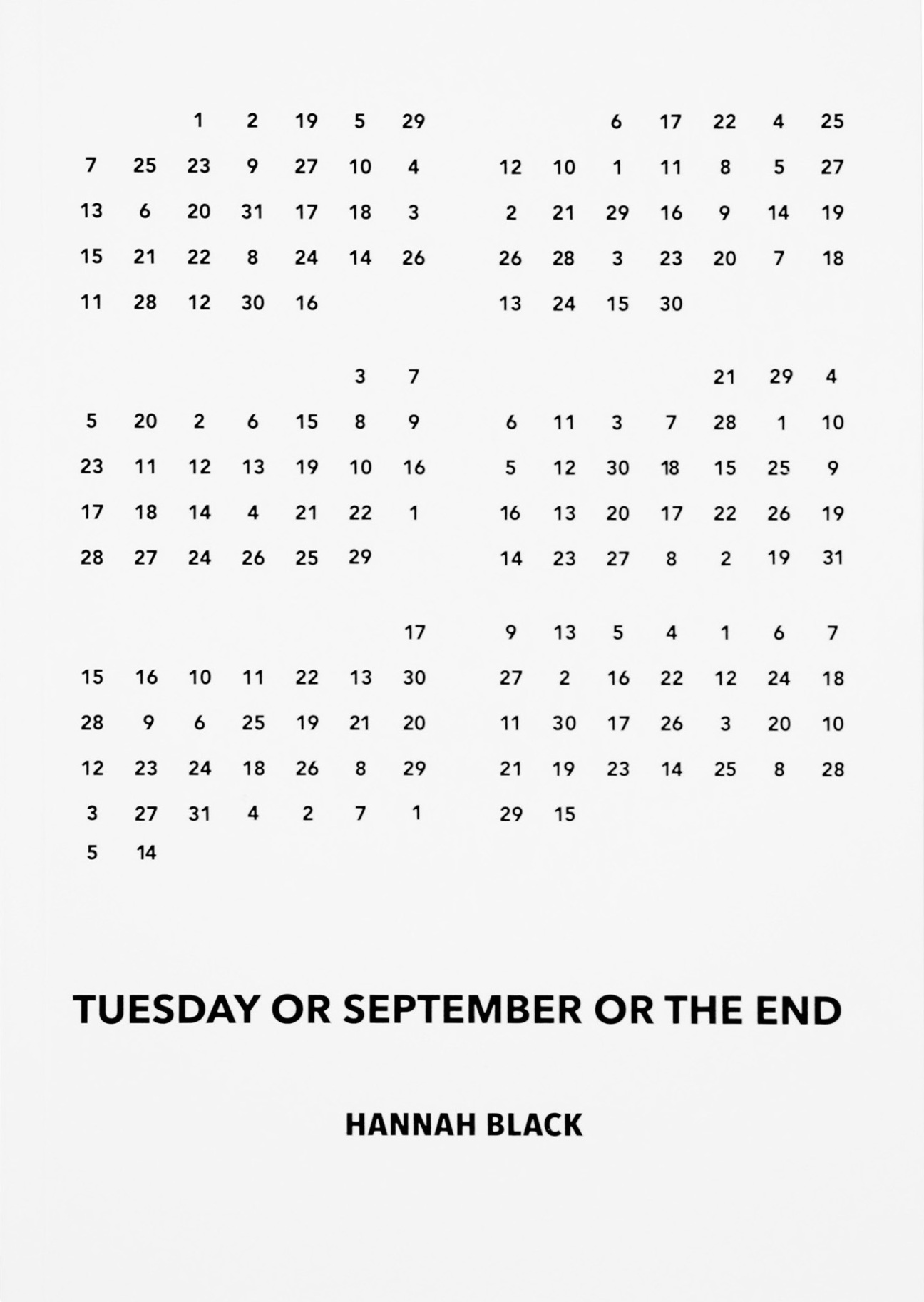
2. Tuesday or September or The End by Hannah Black
A formidable artist, critic, novelist, and CULTURED contributor, Hannah Black cuts through our collective cosmic confusion with wit, whimsy, and imagination in this politically inventive, allegorical meditation on the acid bath of the past two years. The book follows Bird and Dog, lovers whose relationship fractures against the backdrop of a simultaneous alien invasion, global pandemic, and political uprising. The world the characters, who all take the names of animals, inhabit is speculatively estranged from our own, but these estrangements are driven by the author’s overarching impulse for realism. In the story, they function as narrative registers of epistemic disorientation. Black’s 2016 cult classic Dark Pool Party, her debut collection of essays published by Martine Sym’s Dominica Press, has become widely recognized as one of the most compelling texts of the past decade. With Tuesday or September or The End, Black cements her status as an endlessly idiosyncratic and poetically incisive exegete of atmospheric change.
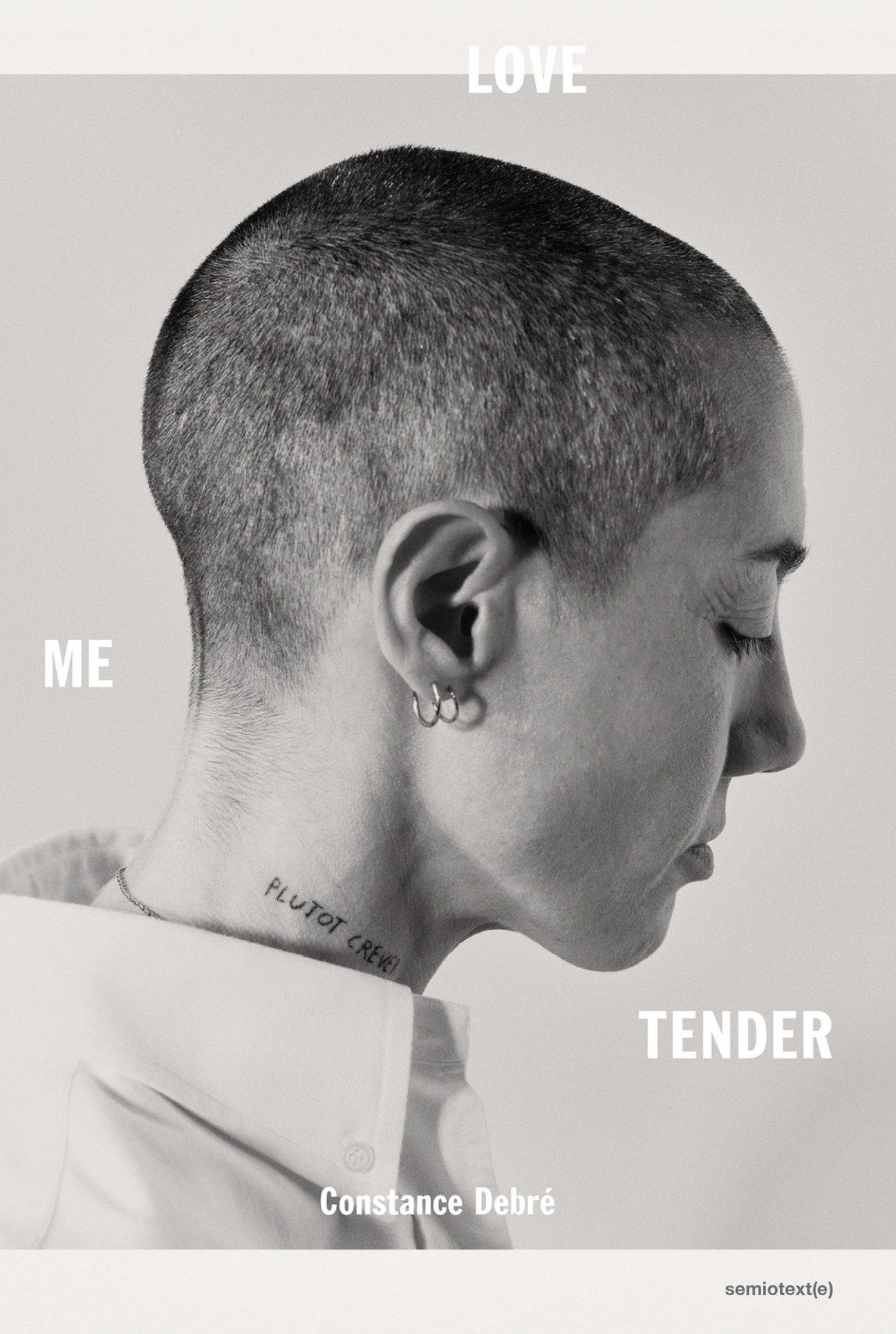
3. Love Me Tender by Constance Debré
Constance Debré’s Love Me Tender—translated from French by Holly James and published by Semiotext(e)—follows an auto-fictionalized Debré, a married lawyer and daughter of a distinguished family, who renounces her former life to pursue a career as a writer, and abandons her performance of polite hetrosexuality. The terms of her divorce stipulate that Debré can see her son only twice a month while her ex-husband retains full custody. Giving form to her long-repressed identity as both a writer and a lesbian proves complex, and the gravity of her loss as a mother haunts Debré in this revelatory book that will deeply resonate with anyone who has been made to sacrifice acceptance for self-actualization.
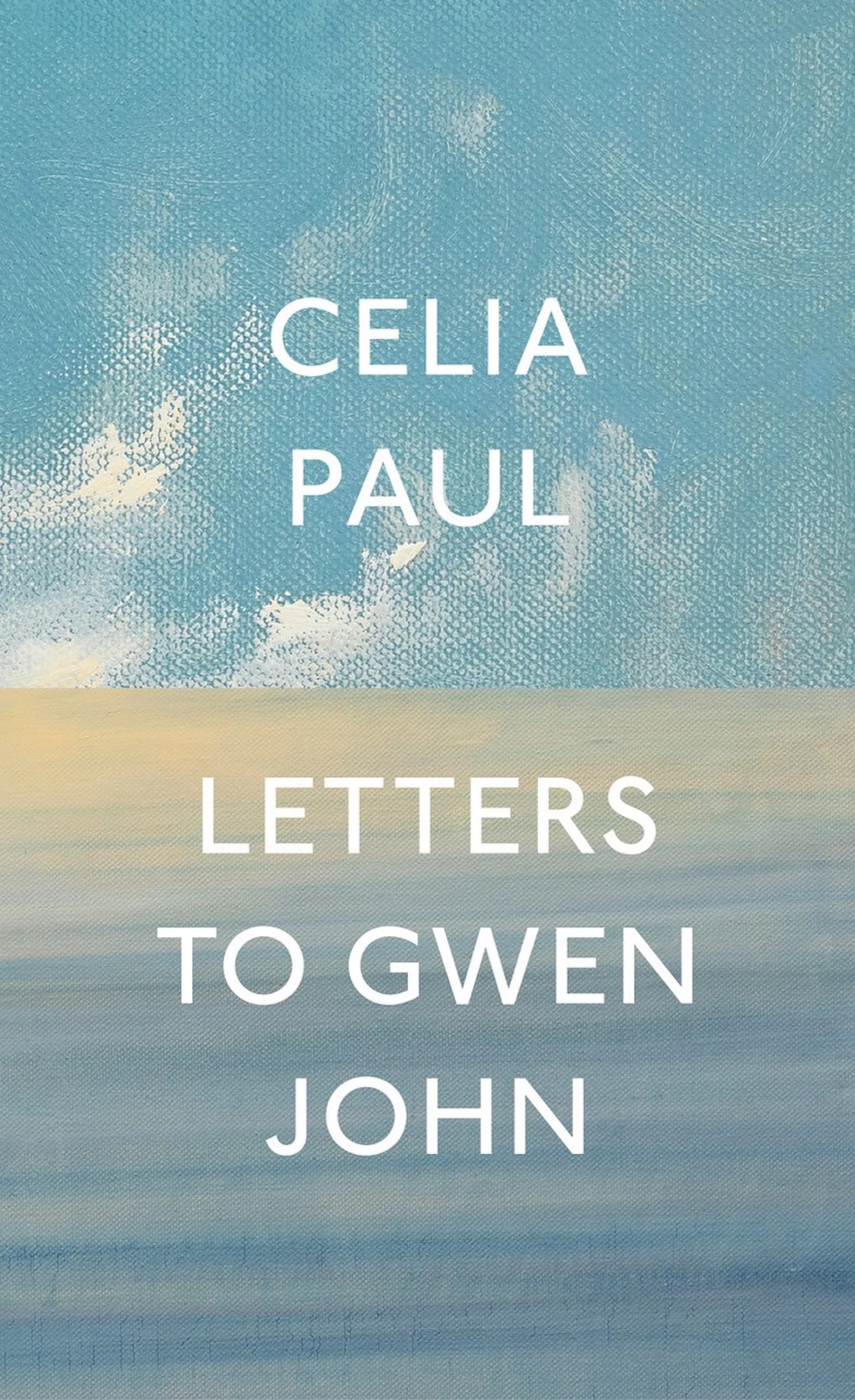
4. Letters to Gwen John by Celia Paul
The profound resonance between the work of the early 20th century Welsh painter Gwen John and that of contemporary artist Celia Paul structures this delightful epistolary novel. Paul, whose sinuous manipulation of oil endows her own subjects with a similarly hazy sentience, recalls John—who was known for her austere, intimate portraits of women—through a miraculous combination of meticulous observation and spontaneous invention that animates all great portraiture. The Indian-born, British artist’s imaginative correspondence plumbs both the artistic and biographical parallels between her and her subject: in her own lifetime John was largely overshadowed by her lover, Auguste Rodin, as Paul has often been reduced to her decade-long romance with Lucien Freud, resulting in a literary experience that is honest, searching, and luminously personal.
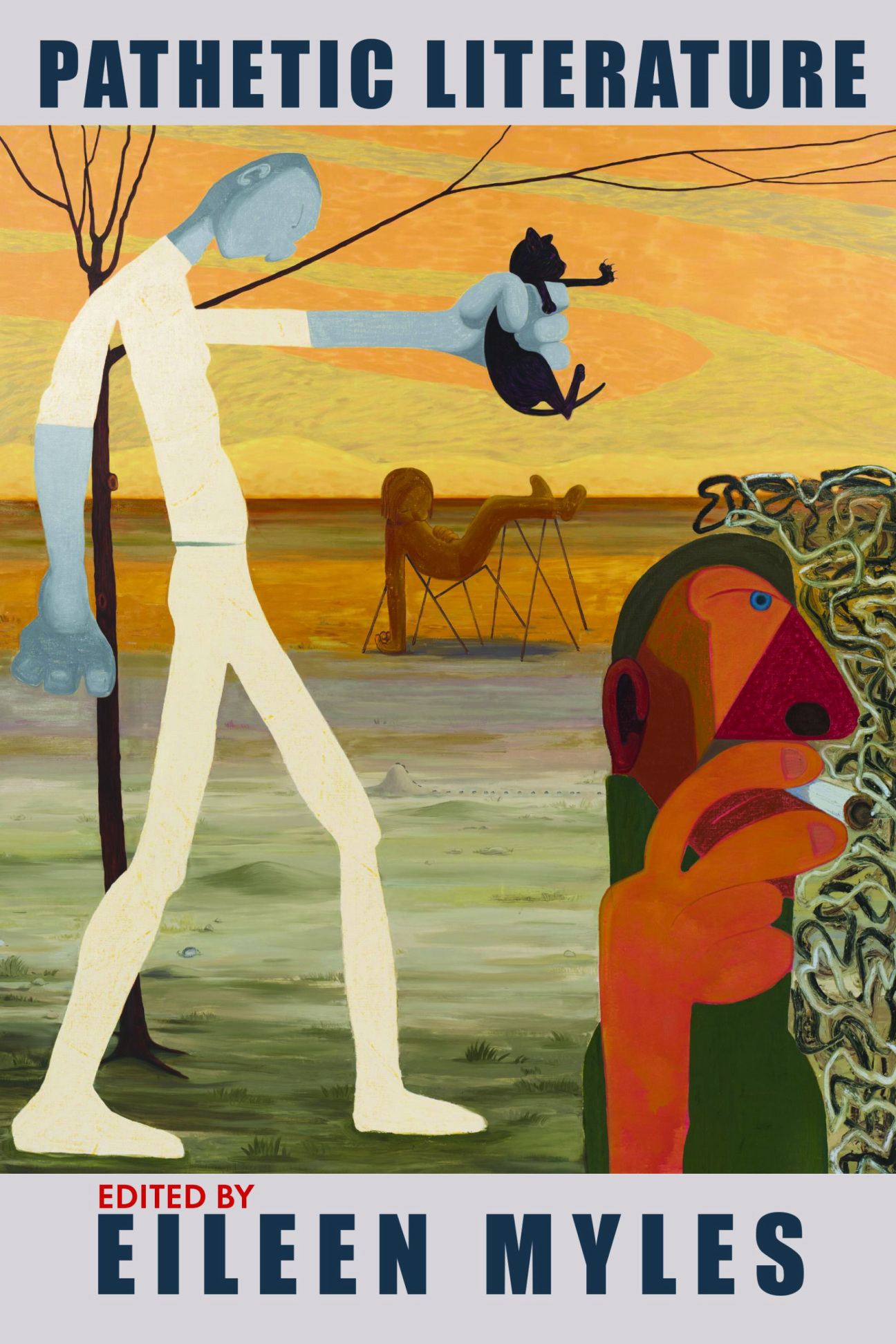
5. Pathetic Literature edited by Eileen Myles
The restlessly singular Eileen Myles—a one-time unsuccessful presidential candidate whose work has long been preoccupied with failure—has achieved with their new collection, Pathetic Literature, a comprehensive evaluation of the, well, pathetically under-explored titular affect. From modernist masters of misery like Robert Walser and Franz Kafka, to heavyweights of the contemporary avant-garde like Samuel R. Delany and Alice Notley, Myles weaves a deeply varied but entirely convincing portrait of the literary significance of the pathetic.

6. Also a Poet: Frank O’Hara, My Father, and Me by Ada Calhoun
The passing of Peter Schjeldahl earlier this year marked a tremendous loss for the art world. Ada Calhoun, the daughter of the critical colossus and a writer herself, maneuvers us through her thorny relationship with the man that we came to know and love through his poetic reviews, setting the bar for critical complexity and responsibility in art writing for decades. After discovering interview tapes that Schjeldahl had conducted with Frank O’Hara for a biography he was working on, she set out to finish her father’s work. This memoir, however, is the product of the author’s incapacity to do so. Formally akin to a constellation, Also a Poet: Frank O’Hara, My Father, and Me situates all three in analytical proximity, casting into relief these literary infernos, and proposing questions about personal and artistic inheritance.

7. Liarmouth: A Feel-Bad Romance by John Waters
For CULTURED’s Fall 2022 Living Legends issue, Christian Lorentzen caught up with America’s patron saint of provocation on the occasion of his first descent into the novel form. Liarmouth: A Feel-Bad Romance is a riotously contemporary picaresque following the misadventures of Marsha Sprinkle, a talented scammer and pathologically immoral heroine we can’t help but fall in love with. John Waters’s delicious prose captures the feverish intensity of his highly textured cinematic work, and at 76, he is more depraved, devilishly profane, and blasphemous than ever.
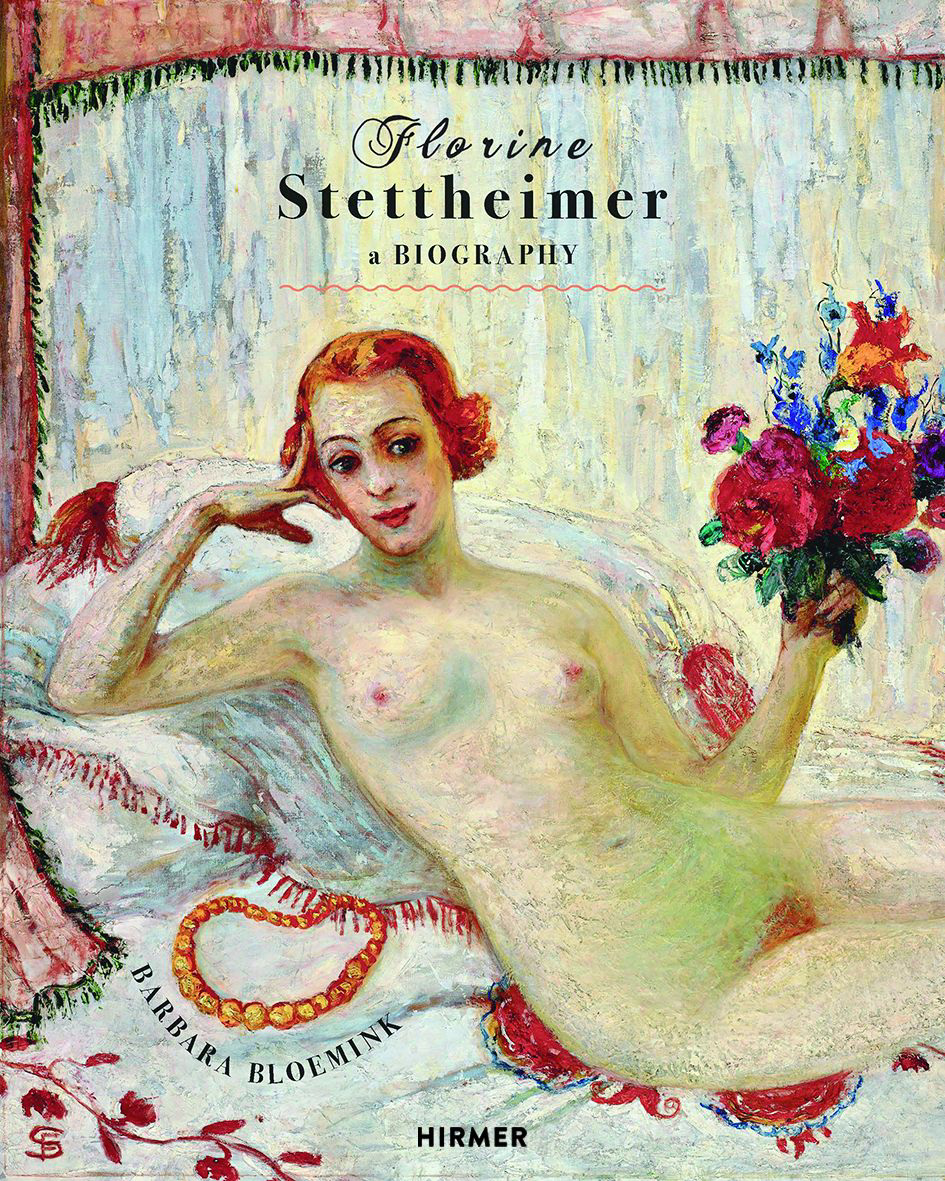
8. Florine Stettheimer by Barbara Bloemink
One of the joys of the last couple years has been the return of Florine Stettheimer’s beautifully-hued paintings of decadent parties and impossible flowers, from the bowels of institutional collection storage to prominent display in museums everywhere. Art historian Barbara Bloemink’s dense biographical portrait of the peculiar modernist icon—whose legendary salon was a locus of artistic incubation for figures like Marcel Duchamp, Merce Cunningham, and Alfred Stieglitz—revives a historical moment defined by flourishing possibility.
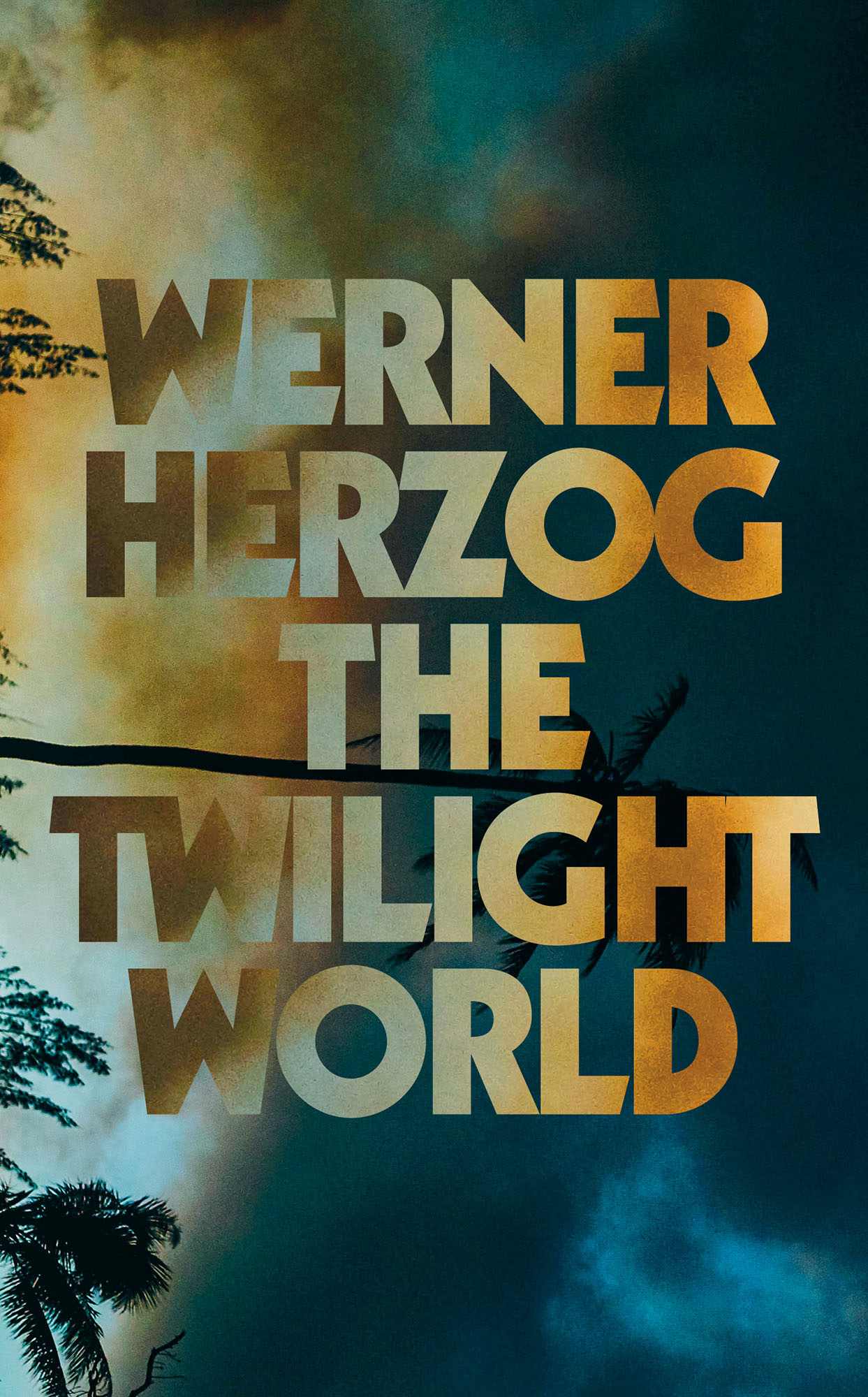
9. The Twilight World by Werner Herzog
What does it mean for the state of experimental cinema that in 2022 its titans turned away from the movie theater and towards the written word? In many ways Werner Herzog couldn’t be more different than John Waters, but their nearly concurrent literary debuts this year are evidence not just of both auteur’s roving artistic fecundity, but also of a renewed cultural interest in what language can do. The Twilight World is an epic investigation into the psychological state of Japanese soldier Hiroo Onoda, who defended a small island in the Philippines for 29 years after the end of the Second World War, impervious to the fact that the conflict that had given his life its purpose had ended long ago. Before his passing, Herzog became close with Onoda, and the director's dream-like survey of the historical figure, whose story would make Kafka jealous, draws heavily on their conversations, giving the book the same hallucinatory hyper-reality as Herzog’s documentaries.
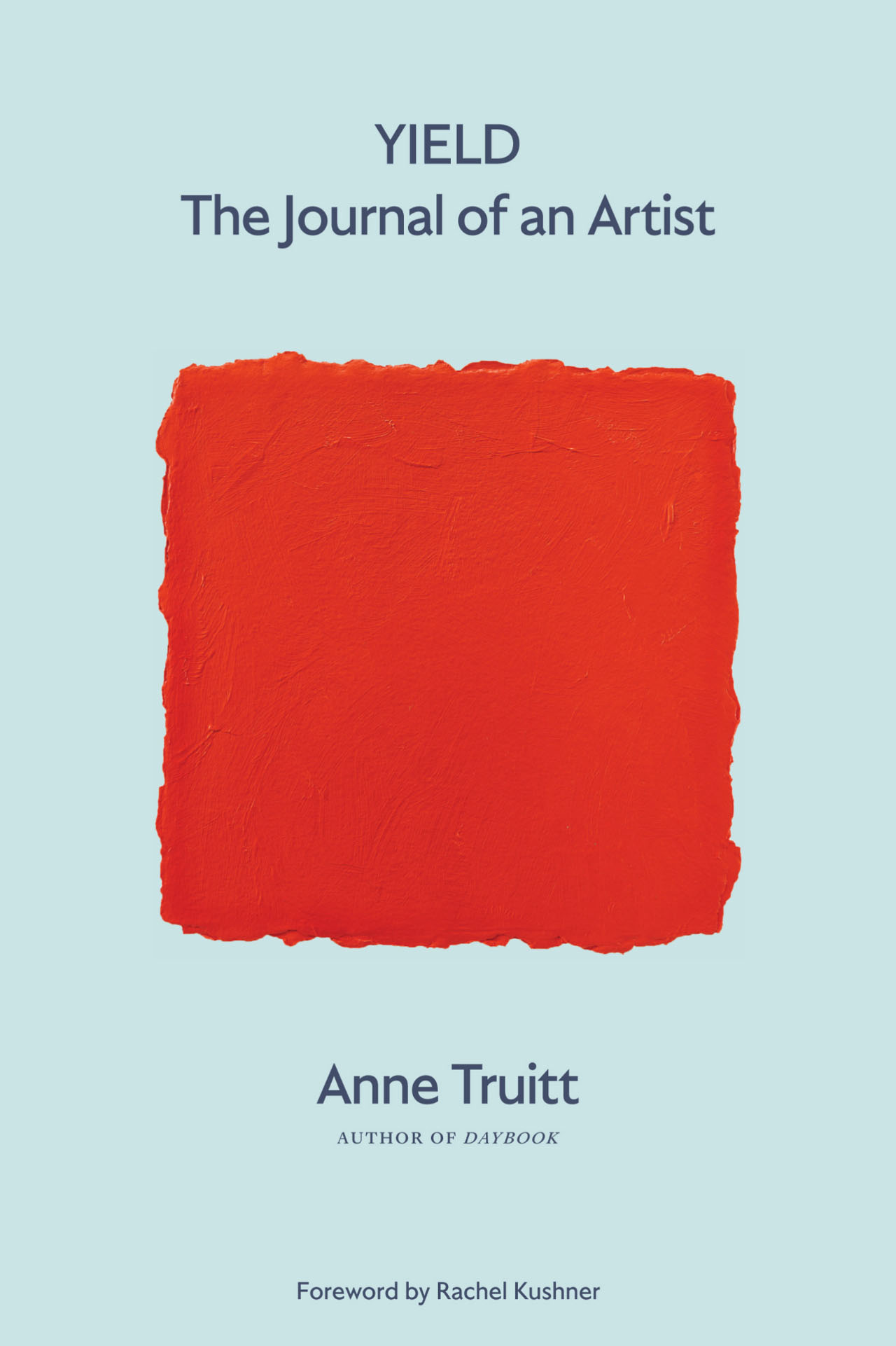
As one might expect, Anne Truitt was an obsessive chronicler of her thoughts, sensations, and personal history. Marked by an infusion of stark geometric forms with references to emotional experience, the American minimalist’s work represented a radical, prescient departure from modernism’s stubborn insistence on purity. This fourth and final volume in a series of publications that invite us into Truitt’s journals looks back on a year of her life, the period between 2001 and 2002, just before her death at the age of 83 in 2004. The text is diaristic, but intellectually rich. The late octogenarian is perceptive and alert as she works through her memories with methodical urgency. While reading, one is immediately taken with her artistic maturity, and yet what makes her writing so human and comforting is the elasticity of her mind, her refusal to let her ideas ossify into homilies.

11. Lapvona by Ottessa Moshfegh
Ottessa Moshfegh’s 2018 novel My Year of Rest and Relaxation saw the controversial writer break out into mainstream cultural consciousness. Her new book, Lapvona, is a sensorially intense portrait of an imagined medieval village, and its indulgence of the author’s proclivity for the grotesque will test even her most intrepid readers. In it, Moshfegh constructs a world wracked with horror, populated by characters defined by their failures. However, despite Lapvona’s occasionally overwhelming dejection, Mosfegh’s popularity speaks for itself. The appetite for her books reveals our rabid hunger for something that repudiates the expectation that artists use their work to demonstrate their moral decency, and Lapvona is anything but.
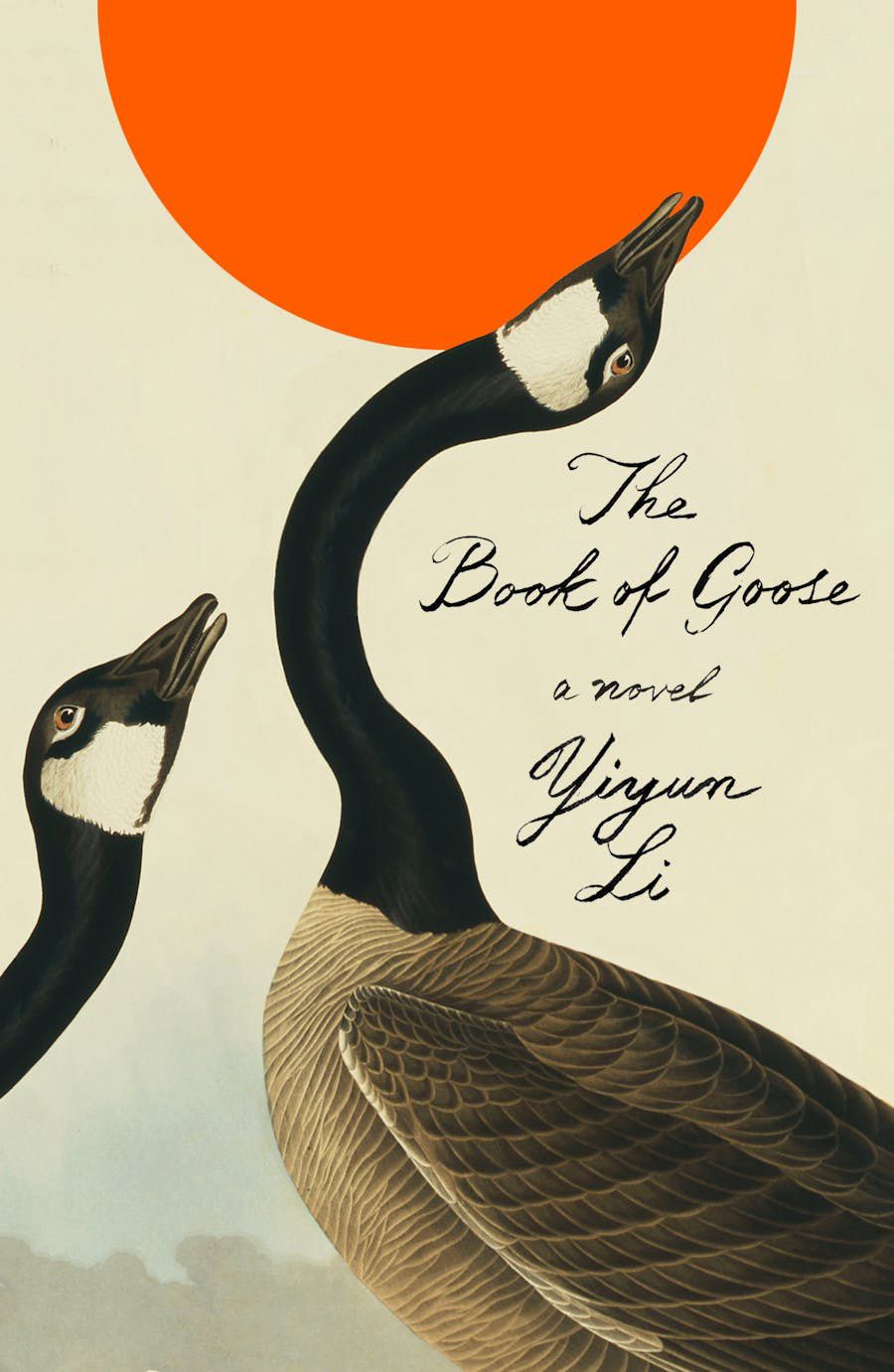
12. The Book of Goose by Yiyun Li
Yiyun Li breathes new life into a well-worn meta-fictional device with The Book of Goose, a novel about a novel. Protagonists Agnès and Fabienne, precocious 13-year-olds in the French countryside whose social acceptance is limited by their eccentricity, “collaborate” on a story that the latter dictates as the former transcribes. After a sympathetic adult assists the duo in submitting their manuscript for publication, it becomes an instant success, but its authorship is attributed to Agnès alone, and she is burdened with becoming the face of a text she didn’t exactly write. In this fantastical tale about the bonds of childhood and the force of imagination, Li asks us to examine the complicated role of fiction, of lies for both the world that desires and consumes them, and the artists and writers who make them the engine and substance of whatever short time we are all afforded on this planet. Both a pleasure to read, and an essential meditation on creativity for anyone interested in understanding what makes artists tick, Li’s The Book of Goose is poised to be just as much of a blockbuster as Agnès and Fabienne's own book.










 in your life?
in your life?

